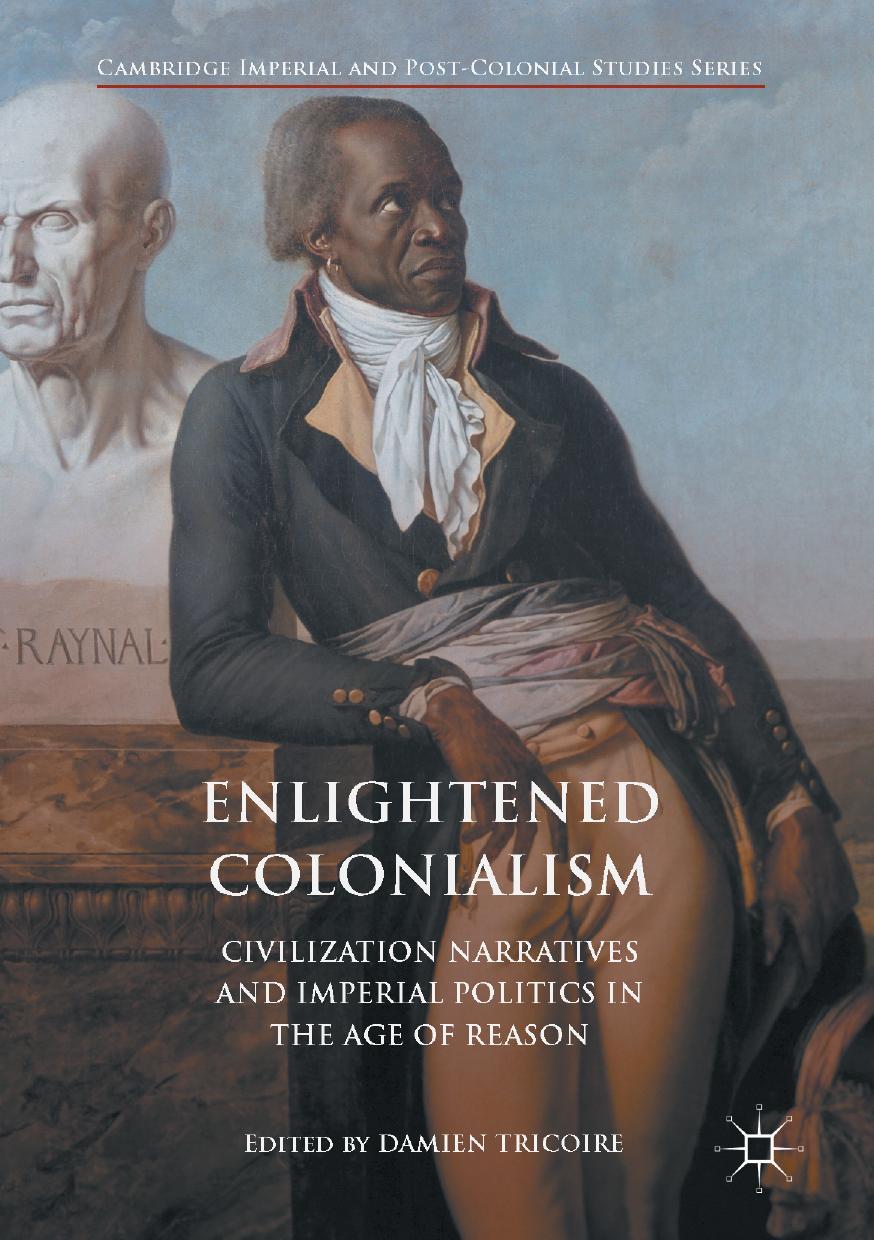Enlightened Colonialism by Damien Tricoire

Author:Damien Tricoire
Language: eng
Format: epub, pdf
Publisher: Springer International Publishing, Cham
The Royal Proclamation of 1763 is clearly one of the key documents in Britainâs policy regarding Aboriginal peoples after the Conquest of New France in 1760. As the Proclamation provided specific protection for Aboriginal land, it was hailed in the nineteenth century as the âIndiansâ Charter of Rights.â The Proclamation also reflected the central view of British colonial policy regarding the Aboriginal peoples of North America: segregation. By prohibiting colonists from settling on the vast swaths of land temporarily reserved for the Aboriginal nations, the Proclamation drew a precise line of demarcation between the colonial world and that of the Aboriginal peoples. Creating this reserved land stemmed from a political desire to appease the Aboriginal peoples of the continentâs interior who had just begun to take up arms (Pontiacâs War), but it demonstrated how little importance the British at the end of the eighteenth century placed on integrating the Aboriginal peoples into the colonial world.1
The policy, however, changed rapidly and radically in the early nineteenth century. The new official objective of Britainâs policy quickly became civilizing the Aboriginal peoples. This article analyzes the process leading to this new policy. Focusing particularly on the period during which the civilization program emerged, it situates the military, economic, political, and ideological factors that initiated the change and influenced its specific form. The analysis integrates the sometimes discordant views of the metropolitan and colonial actors. Indeed, the implementation of the civilization project took place amongst intense discussions between the metropolitan and colonial authorities. Colonial inquiry commissions were charged with examining the administration of Indian affairs and making recommendations, which would have critical influence on the concrete implementation of the project.2
The analysis encompasses the period from 1815 to 1857. The first date marks the beginning of a series of proposals for reforming Indian Affairs. The second date is when the Parliament of the United Provinces of Canada formalized the civilization project as law, associating it with emancipation. A reflection of increasingly direct interventions by the colonial authorities in defining the Aboriginal policy in Canada, this law was the prelude to the official transfer of responsibility on this issue from London to the colony, in 1860.
This article focuses more specifically on Lower Canada, one of the five British colonies in North America.This colony was created in 1791 by the Constitutional Act, which divided the Province of Quebec into two parts, Lower and Upper Canada (Map 1).3
Map 1Lower and Upper Canada, 1791
Download
This site does not store any files on its server. We only index and link to content provided by other sites. Please contact the content providers to delete copyright contents if any and email us, we'll remove relevant links or contents immediately.
| Africa | Americas |
| Arctic & Antarctica | Asia |
| Australia & Oceania | Europe |
| Middle East | Russia |
| United States | World |
| Ancient Civilizations | Military |
| Historical Study & Educational Resources |
Magic and Divination in Early Islam by Emilie Savage-Smith;(1498)
Ambition and Desire: The Dangerous Life of Josephine Bonaparte by Kate Williams(1343)
Bohemians, Bootleggers, Flappers, and Swells: The Best of Early Vanity Fair by Bohemians Bootleggers Flappers & Swells- The Best of Early Vanity Fair (epub)(1341)
Papillon by Henry Charrière(1308)
Twelve Caesars by Mary Beard(1256)
Operation Vengeance: The Astonishing Aerial Ambush That Changed World War II by Dan Hampton(1134)
What Really Happened: The Death of Hitler by Robert J. Hutchinson(1128)
London in the Twentieth Century by Jerry White(1111)
Time of the Magicians by Wolfram Eilenberger(1087)
The Japanese by Christopher Harding(1086)
Twilight of the Gods by Ian W. Toll(1084)
Lenin: A Biography by Robert Service(1043)
The Devil You Know by Charles M. Blow(985)
A Social History of the Media by Peter Burke & Peter Burke(936)
Freemasons for Dummies by Hodapp Christopher;(921)
Napolean Hill Collection by Napoleon Hill(902)
Henry III by David Carpenter;(890)
The Churchill Complex by Ian Buruma(879)
The Rise and Triumph of the Modern Self by Unknown(877)
